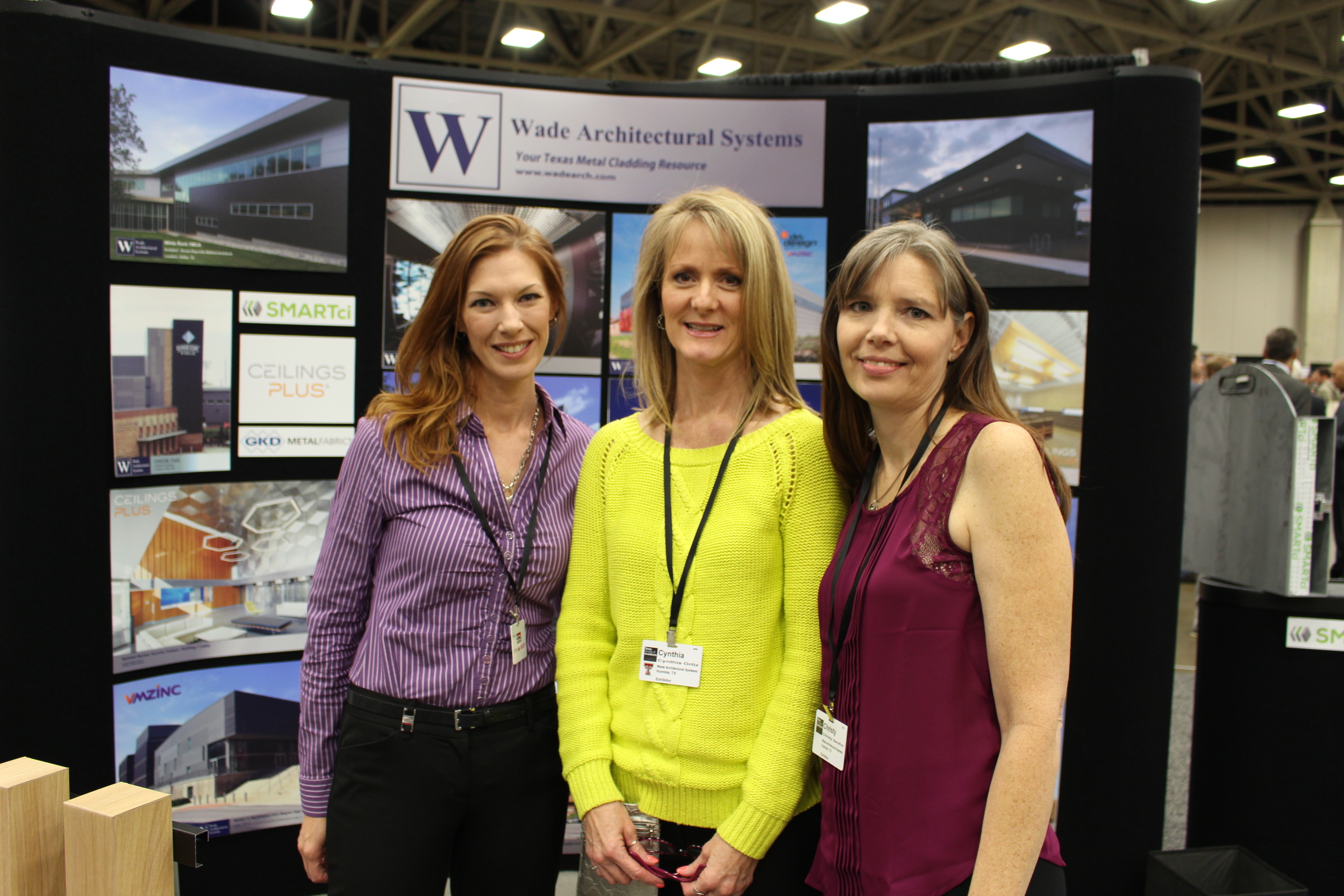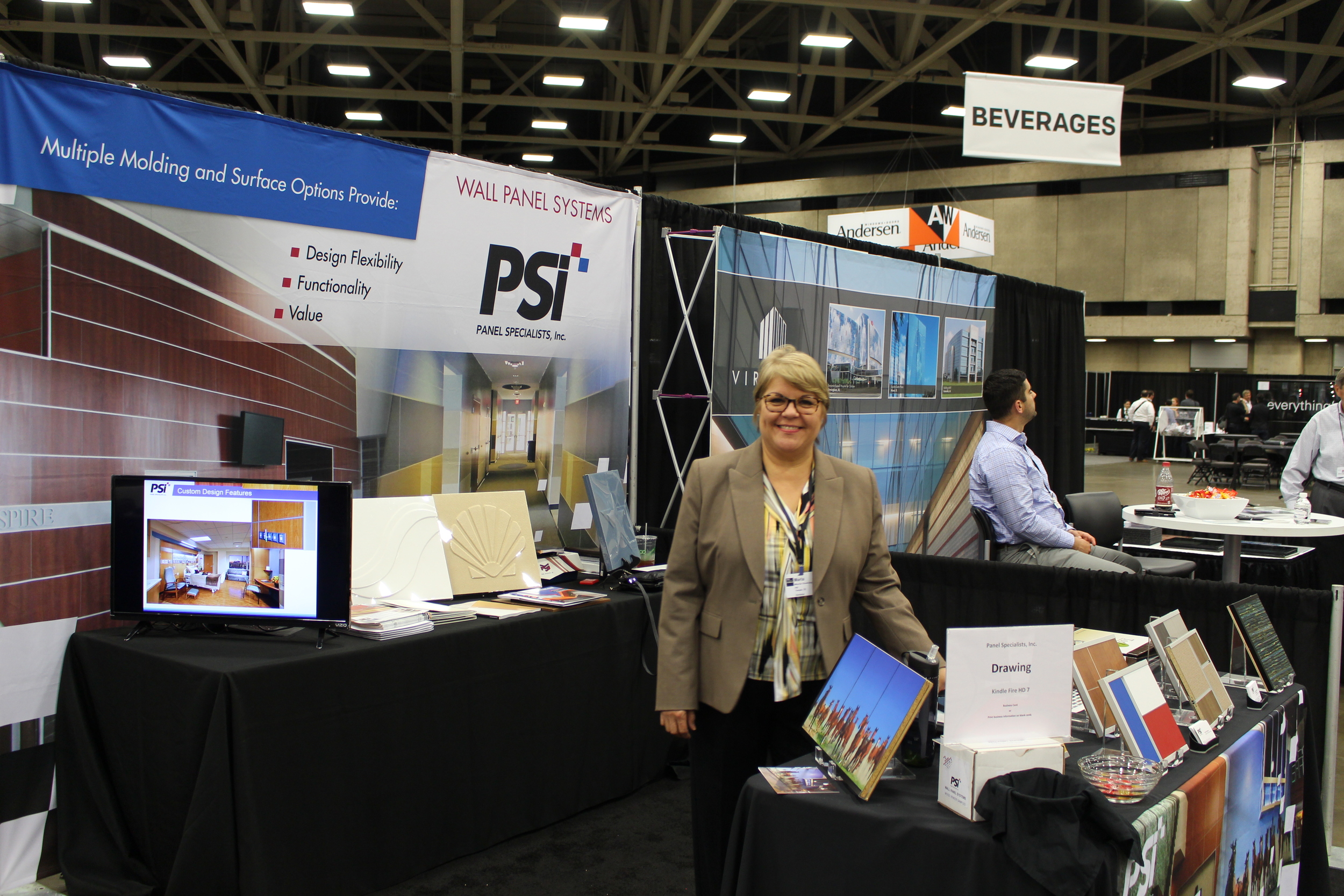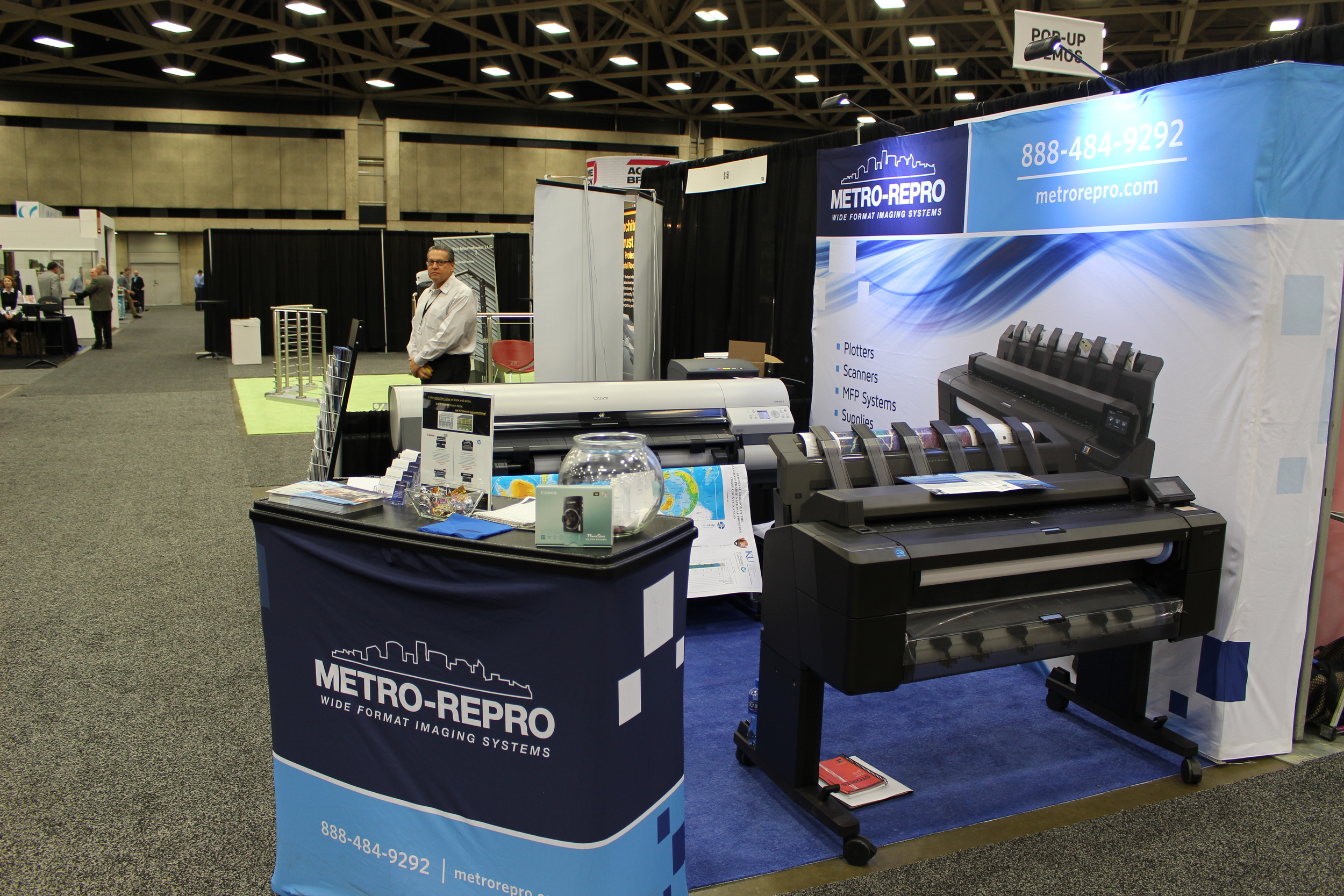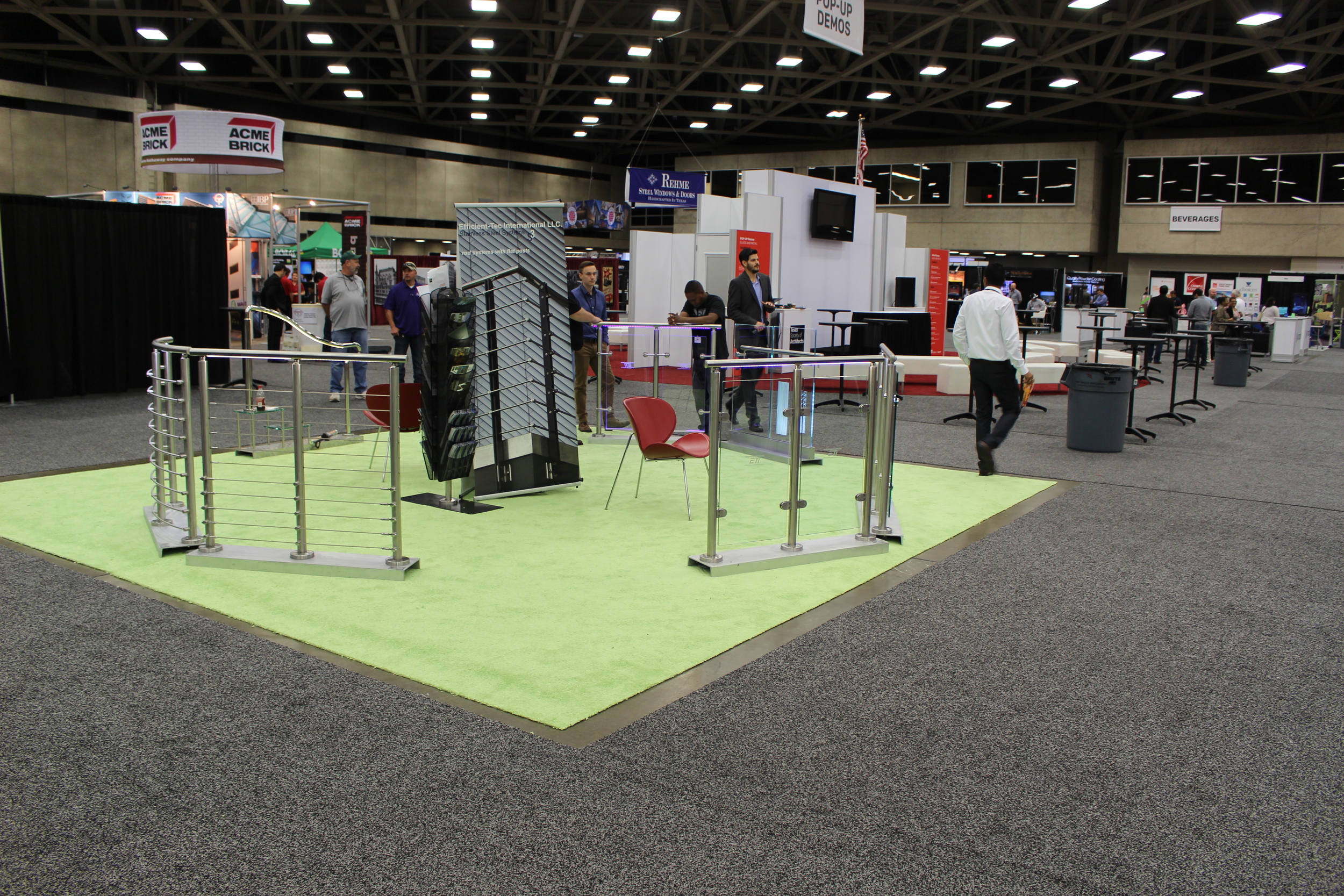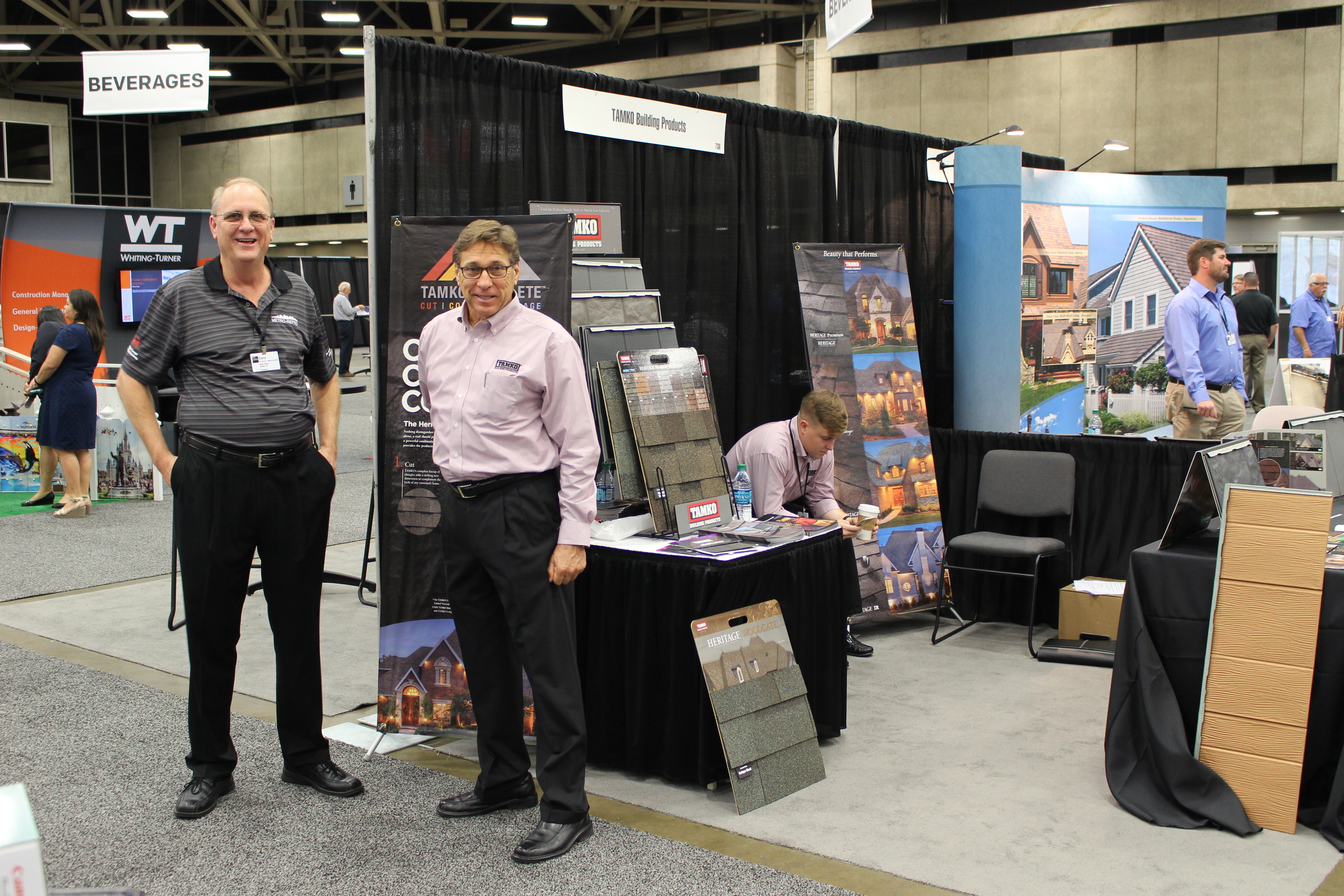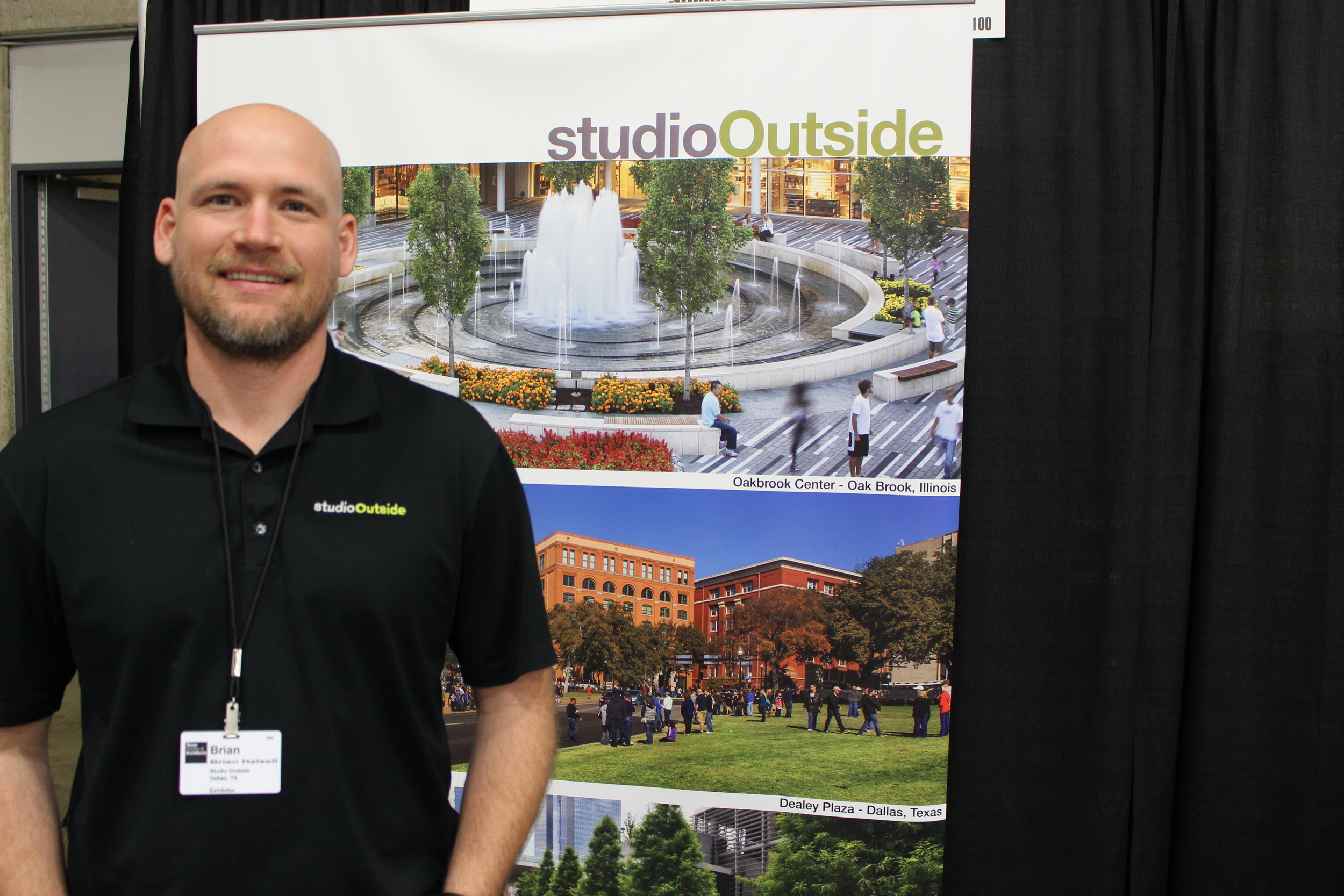Studio Outside and more than 3,000 other design professionals attended this year’s Texas Society of Architects 76th Annual Convention and Design Expo at Dallas’ Kay Bailey Hutchison Convention Center this month focusing on one theme: stories.
With more than 90 continuing education sessions, more than 30 architectural tours, 300 booths and two keynote speakers, the event offered architects and architecture professionals a chance to regenerate and find inspiration in three high-energy days focused on stories that build environments, said Tod Stehling, Expo and Development Director at the Texas Society of Architects.
These stories are the life-long presence buildings and places bring to communities. Beyond their longitudinal meaning that reflects the different levels of a building, stories are the narratives of built spaces, and architects use them to tell high-impact tales with their buildings, Stehling said.
At the Expo, Studio Outside Associate, Brian Halsell interacted with architects and design professionals near our firm’s booth, offering booklets and brochures of Studio Outside’s diversity of work. He agreed that stories imbed themselves in built environments, starting from a space’s initial design phase all the way to its impact on people.
Stories connect the beginnings of the architecture profession to where it is currently and helps people and communities understand built spaces, said Stephen Lucy, managing partner at JQ Engineering who welcomed visitors to his firm’s booth during the Expo.
“One of the biggest things that we have is to make the work that we do relevant to the community around us,” Lucy said. “Most people don’t understand the technical aspects of what they do, but they understand the personal impact that the project can have. Through storytelling, you can really kind of convey that messaging to the users of what we’ve chosen to do for our profession.”
Demonstrations
Merriam-Webster’s online dictionary defines a story as an account of incidents or events. With quality education and tours that highlighted the best of the best in the industry, the Convention and Expo offered accounts of some of the latest advances and technologies in the architectural field.
One of the most significant parts of the Expo, specifically, was the number of hands-on demonstrations within the exhibit hall for architects and architecture professionals, Stehling said.
During the Expo, onlookers walked from booths to demonstrations to continuing education sessions. Near the entrance doors, Todd Wynne, construction technology manager at Rogers-O’Brien Construction showed guests how sand can demonstrate real-time changes in topography.
“This is an augmented reality sand box,” Wynne said as attendees drew closer. “As I manipulate the sand, it changes the projection of the image. So, we’re using an Xbox Kinect to actually scan the elevation of the sand level and then, as we manipulate the height of the sand, it changes what the projector is projecting. We can make it rain and look at the physics of the water actually moving across the contours. We can build up a mountain here in the center – real-time augmented reality.”
Wynne said the Convention and Expo is an avenue for the designers in Texas to come together and expand their understanding of how buildings are designed, the evolution of the design profession as a whole, new materials and software, and how designers and builders can evolve in their profession.
A 76-year Legacy
The longevity of the Convention and Expo tells a story about the event’s continued impact on design professionals across the state of Texas.
“It’s obviously been around for a long time, and architects have always played a critical role in the cities of Texas,” Halsell said. “There are a lot of exhibitors and a lot of attendance. It seems like all the big guys are here from across the state so, it seems like a pretty good conference to be at.”
Jose Hernandez and Dietmar Zeidler, both area sales managers for Mitsubishi Electric, agreed that the Convention and Expo offered something significant to members of the architecture community.
The event seemed to be well organized and reflected a synergy and atmosphere that spoke volumes about the event’s legacy, Zeidler said.
“Seventy-six years for an organization to carry on is a story in of itself,” he said.
Takeaway
Some attendees gave insights about how the event’s theme played a part in their view of built spaces.
Melissa Henao-Robledo, business development representative for Landscape Forms, said stories resonated with her this year because of her role on a panel through AIA Austin’s designvoice that focused on placemaking.
“Placemaking really speaks to stories,” Henao-Robledo said. “You really need to think about what are these places that you’re designing as architects -- really going above and beyond the actual building itself: Who are the people that are using them? What is going on in that environment? What is the relationship that is going beyond just the site itself?”
Anthony Van Dorn, a student enrolled in Tarrant County College’s Architectural Technology Program said stories signify a no-bounds approach to built spaces.
“Growth, expansion, the sky is the limit,” Van Dorn said. “No building is too tall or too wide. No space is too empty.”
As for Studio Outside, we gained a renewed understanding about how stories play an imperative role in built environments. Stories are the footprints we leave behind. From our designs, to our company culture, to our relationships and even our on our blog, these footprints leave us with not just places, but with experiences to share.



